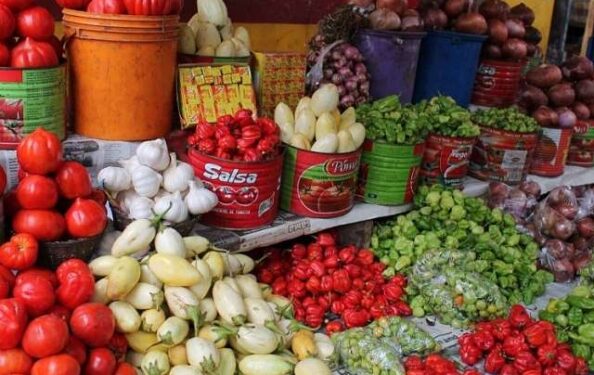The World Bank’s April 2024 Commodity Outlook Report projects a significant decline in global food prices for 2024, with a forecasted 6% drop, followed by an additional 4% decrease in 2025.
This anticipated decrease is primarily attributed to lower prices for grains, oils, and meals, while other food categories are expected to experience price gains in 2024. However, 2025 is projected to bring widespread declines in food prices.
The report forecasts an 11% decrease in the grains price index for 2024, driven by increased global grain supplies. Wheat prices are expected to decline by 15% in 2024 due to elevated production, with a further 2% decrease projected for 2025.
These predictions coincide with strong export competition, marginally higher production, increased consumption, and the lowest end-of-season stocks-to-use ratio in eight years
.
Global maize production is poised to reach a record high in the 2023–24 seasons, while global rice production is projected to remain steady, leading to a decrease in the stock-to-use ratio to its lowest level in three years.
Rice prices are expected to rise by 8% year-on-year in 2024 due to tight global markets and export restrictions imposed by India.
In Ghana, however, there has been a reversal in food disinflation, as evidenced by a rise in the food inflation rate from 27.0% in February to 29.6% in March 2024.
This increase in food inflation occurs amidst ongoing concerns about food insecurity in the sub-Saharan region. As global food prices are predicted to decrease, the impact of these changes on Ghana’s food market and overall food security situation remains to be seen.


